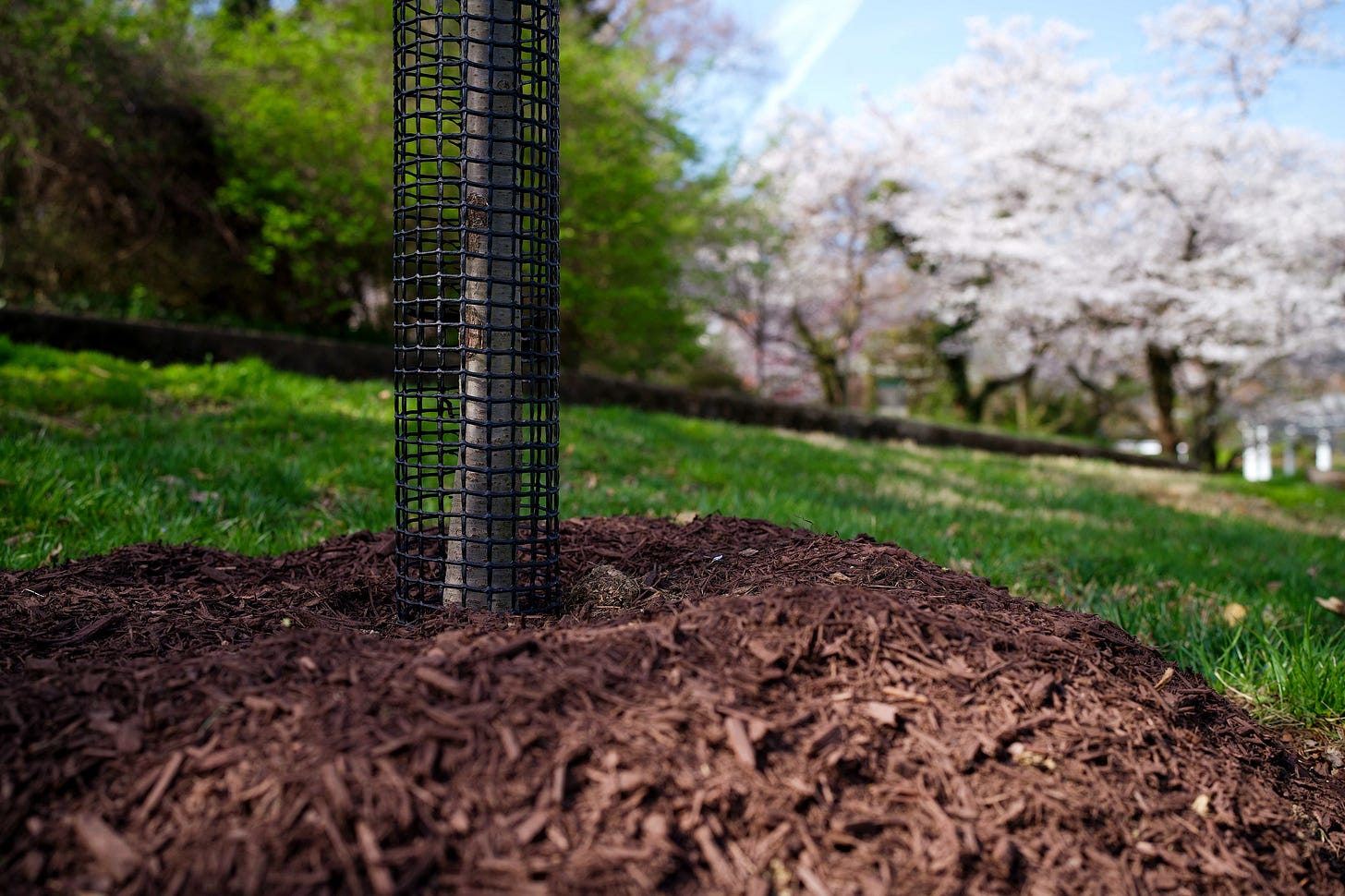Imagine someone gives you a fruit tree. You know it’s precious, and you want to protect it. You get it in the ground right away, wherever you see space.
Soon, you realize the soil where you planted the tree is stripped of nutrients, full of poison, and shadowed in darkness. You carefully dig up the roots and move your tree to a healthier location.
Now, it has everything it needs. Not only that, it’s planted near your neighbors’ fruit trees. As the years go by, the trees grow strong, and they start to flower. The wind and the bees move from tree to tree, flower to flower, exchanging pollen so fruit can emerge. You are blessed with a good harvest, and so are your neighbors. You are glad you moved your tree.
“Money doesn’t grow on trees,” the saying goes.
But money is a bit like this imaginary tree.
Most of us put our money wherever we see space. Whichever bank is convenient. We go about our lives, not paying the bank much attention except when making deposits and withdrawals.
Meantime, the big banks use our money for shadowy things. They loan it out to companies that harm the planet and endanger our health. They raise interest rates on loans while keeping savings account rates stagnant, amassing record profits. And they relentlessly push for deregulation to weaken oversight and consumer protections.
What if our money could be safely protected and also nourish the communities we live in? What if it could invest in low-wealth communities, local businesses, and the land itself?
It can.
We can move our money to federally-insured banks and credit unions that invest in affordable housing and community land trusts, not private prisons; in neighborhood businesses we can walk to, not mega corporations it seems we can’t escape from.
Moving our money - just like moving a tree - isn’t always easy. Sometimes the roots are deep: direct deposits, automatic payments, connections to all the apps we use. It can take time to dig these out.
But our individual efforts in the short term will pay off for our communities in the long term.
April is “move your money” month. You can take these steps to get started.
Check out your financial institution. Is your money already in a bank or community credit union that invests in local projects that fit your values? This is sometimes called a community development financial institution (CDFI). If so, ask a banker how you can learn about which projects your deposits are supporting. If not…
Find a local bank or credit union near you. Ask where the money goes. Tell them you want to move your money and find out what they’ll need.
Move your money. You can close your account altogether, or you can start by moving some of your deposits to the new bank or credit union. While you can’t transplant half a tree, you could move half your money while you take time to transition your account.
Let’s move our money and help grow stronger communities.









Simple and powerful! Investing into local economies are such an exciting and accessible way to start building power.
🌱